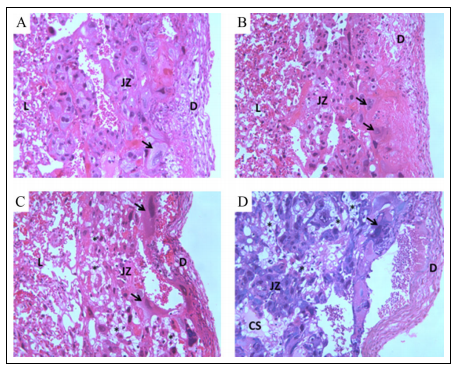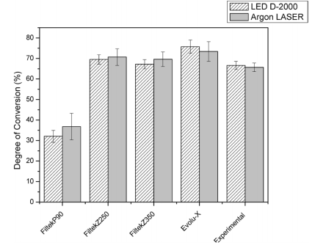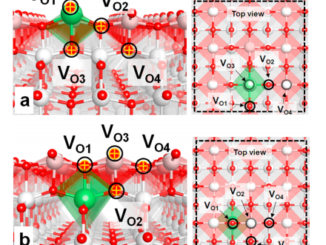
Oxidative Stress Status and Placental Implications in Diabetic Rats Undergoing Swimming Exercise After Embryonic Implantation
Abstract: The potential benefits and risks of physical exercise on fetal development during pregnancy remain unclear. The aim was to analyze maternal oxidative stress status and the placental morphometry to relate to intrauterine growth restriction (IUGR) from diabetic female rats submitted to swimming program after embryonic implantation. Pregnant Wistar rats were distributed into 4 groups (11 animals/group): control—nondiabetic sedentary rats, control exercised—nondiabetic exercised rats, diabetic—diabetic sedentary rats, and diabetic exercised—diabetic exercised rats. A swimming program was used as an exercise model. At the end of pregnancy, the maternal oxidative stress status, placental morphology, and fetal weight were analyzed. The swimming program was not efficient to reduce the hyperglycemia-induced oxidative stress. This fact impaired placental development, resulting in altered blood flow and energy reserves, which contributed to a deficient exchange of nutrients and oxygen for the fetal development, leading to IUGR.
Author(s): Volpato, Gustavo Tadeu; Damasceno, Debora Cristina; Sinzato, Yuri Karen; et al.
Reproductive Sciences
Volume: 22 Issue: 5 Pages: 602-608 Published: 2015
DOI: https://doi.org/10.1177/1933719114556485




